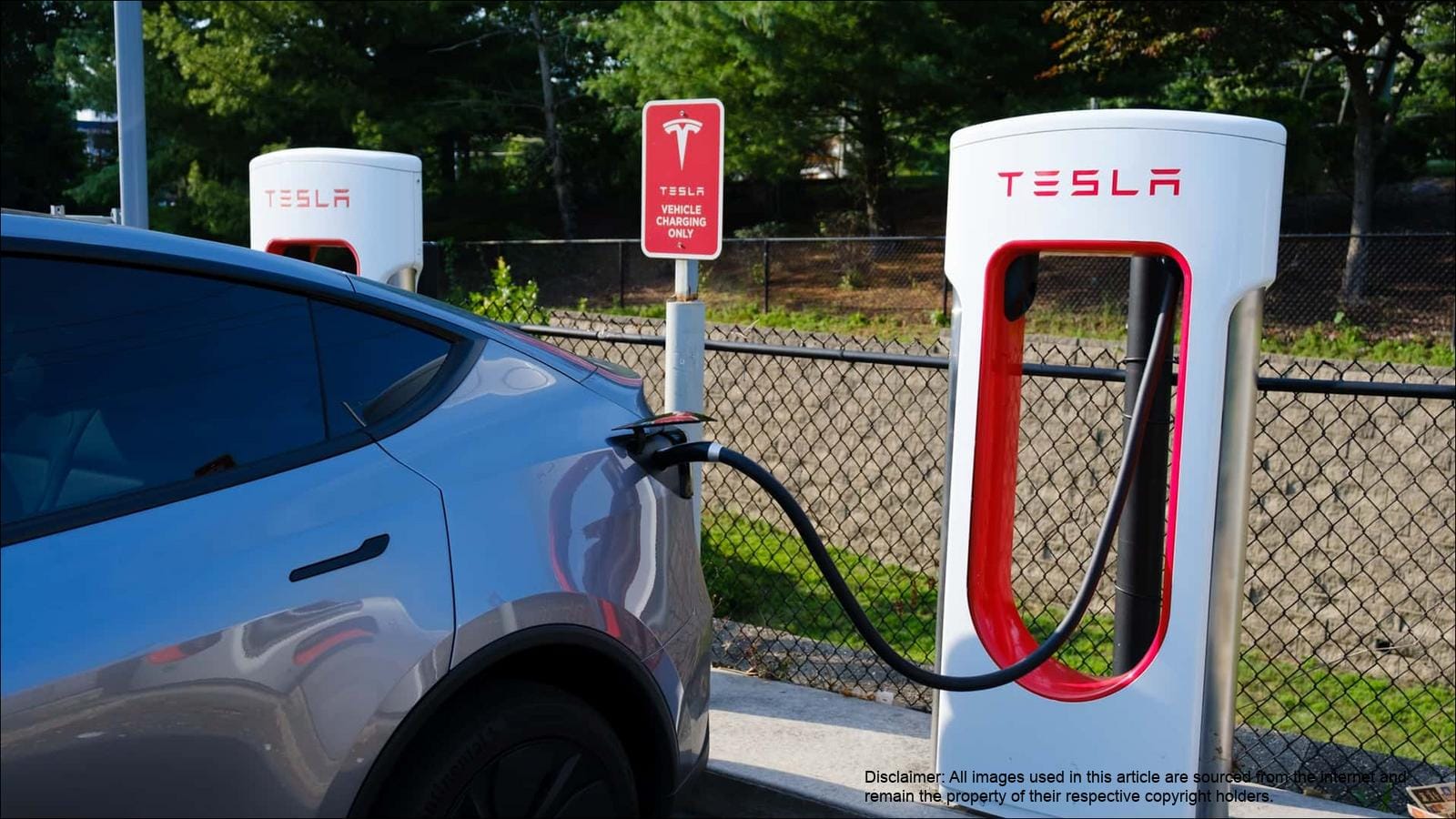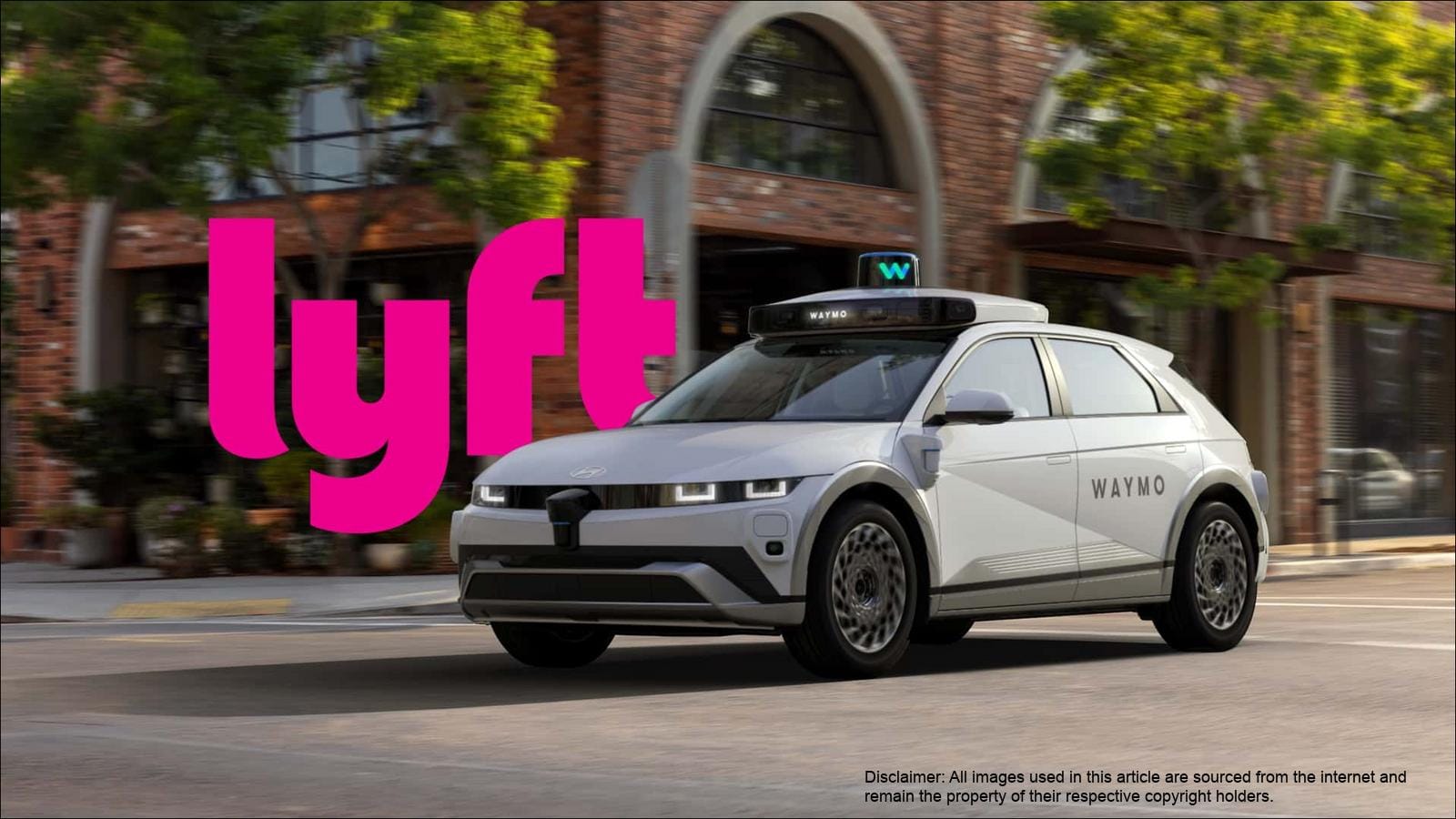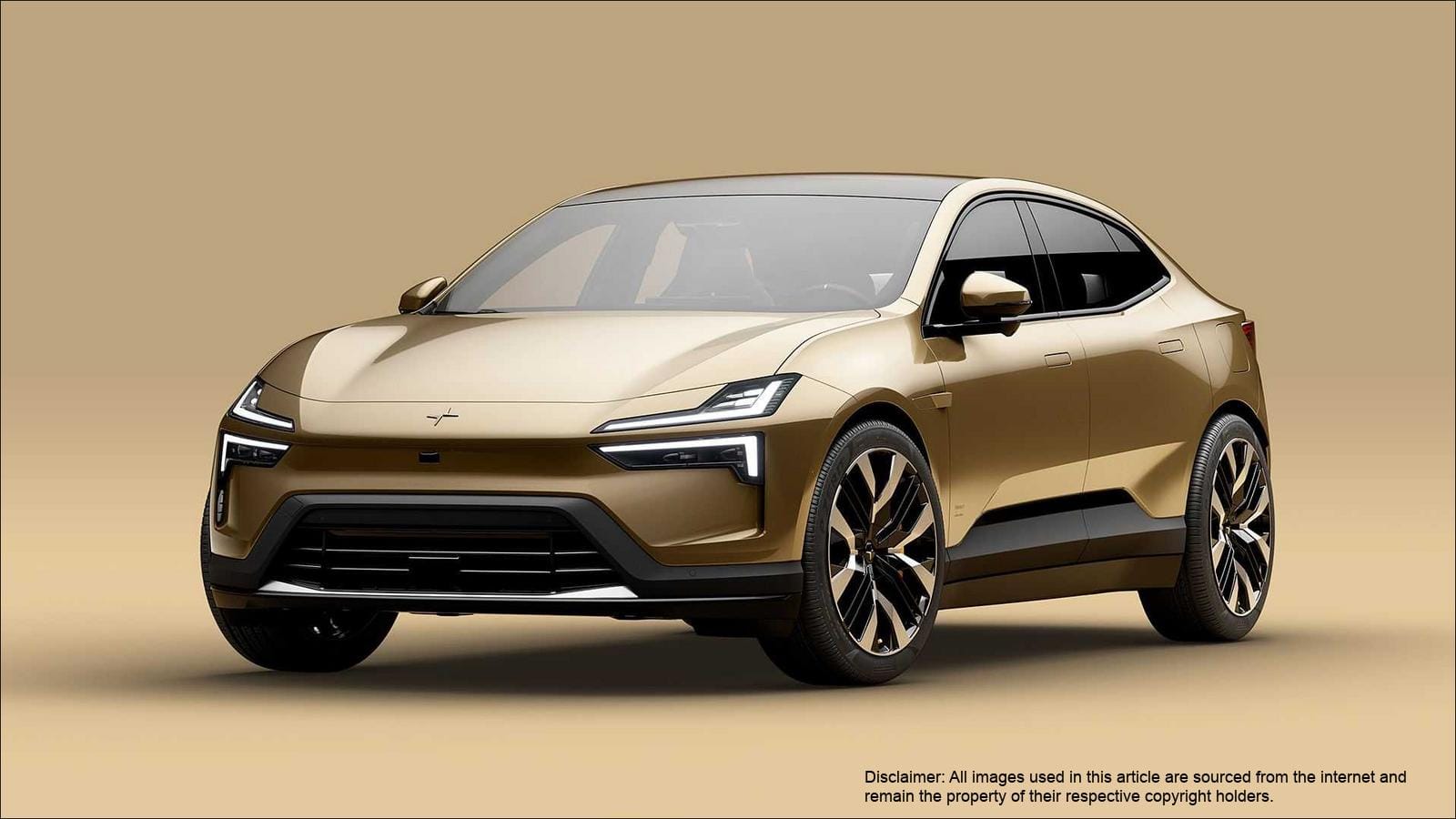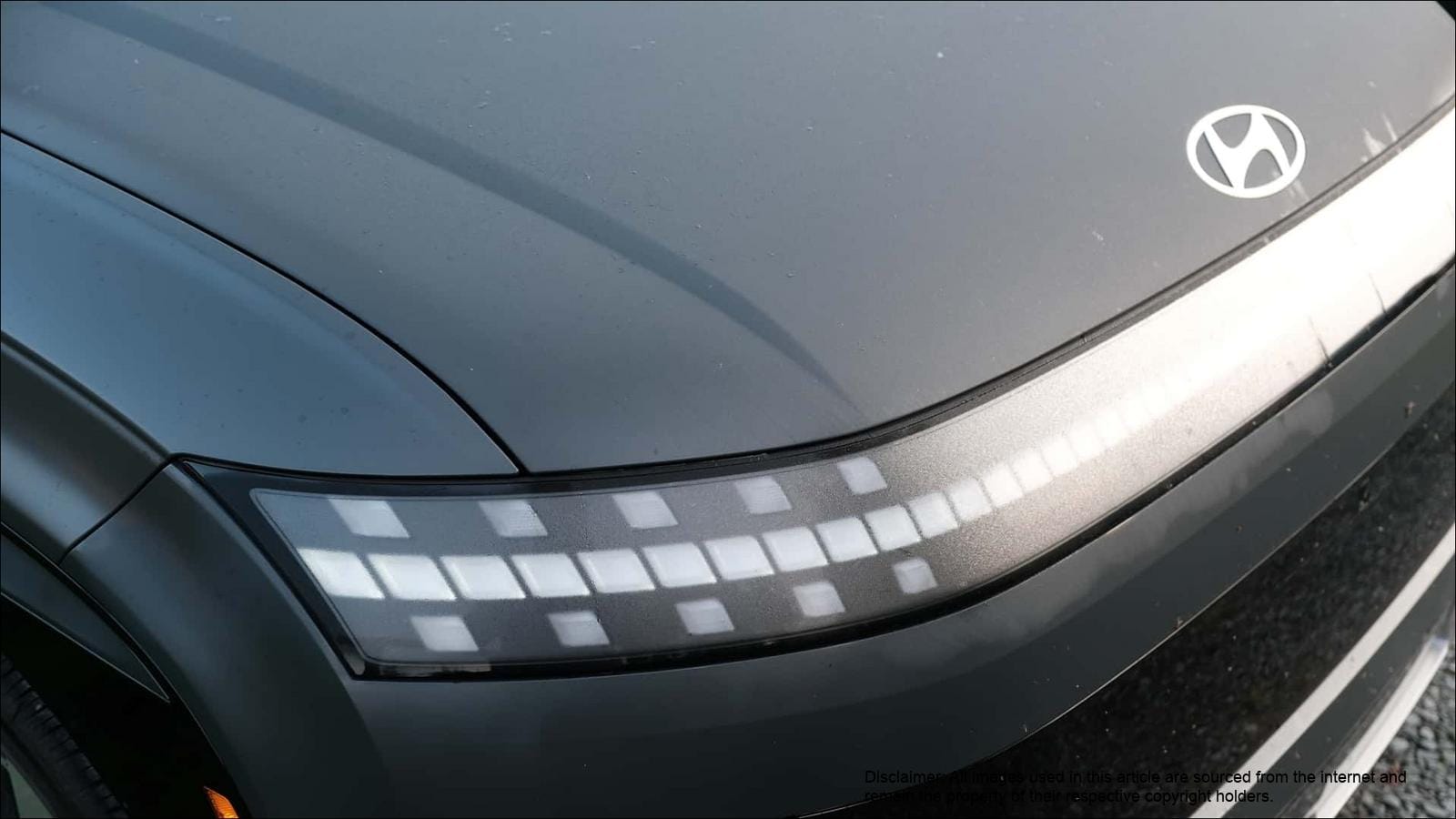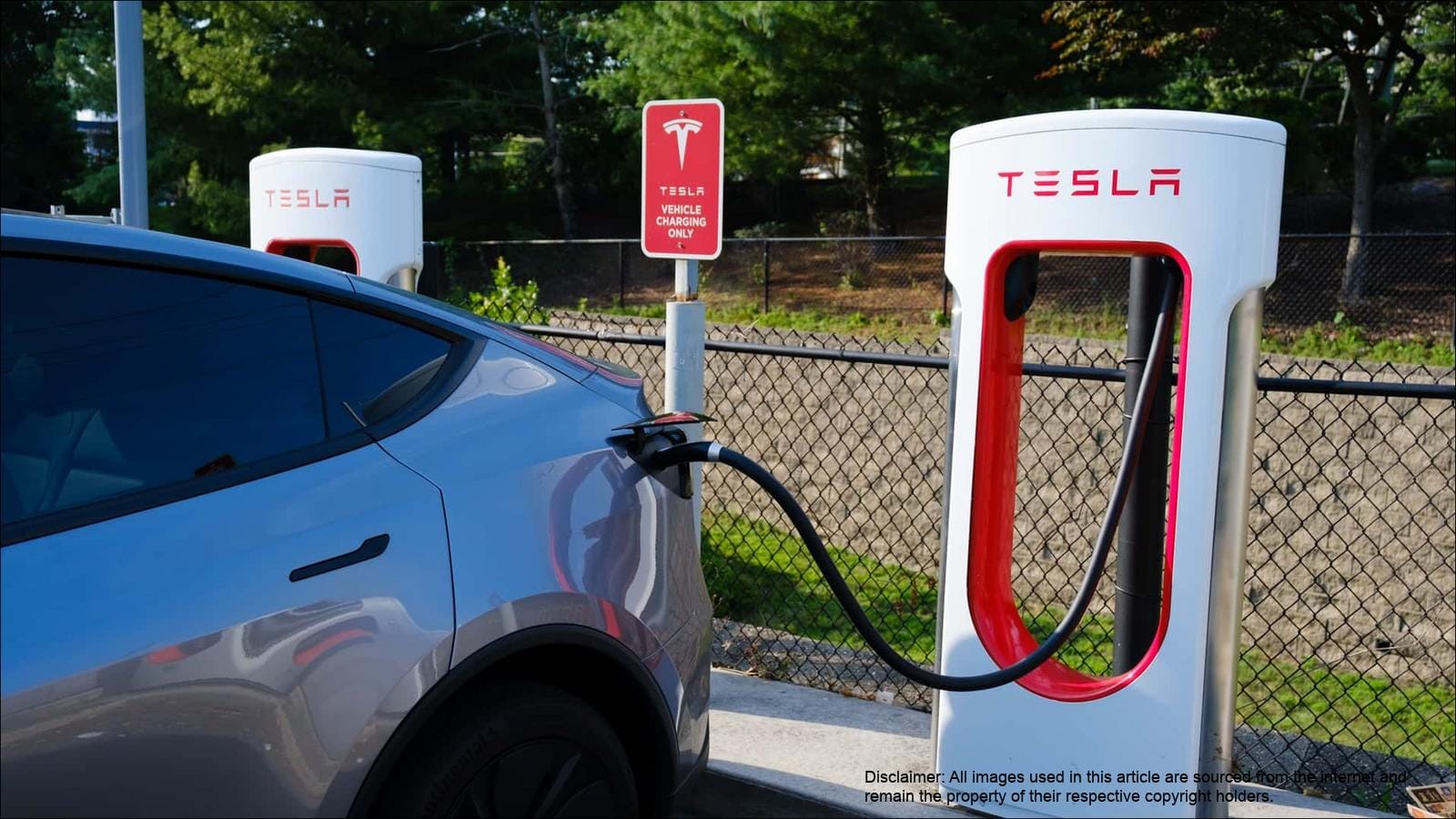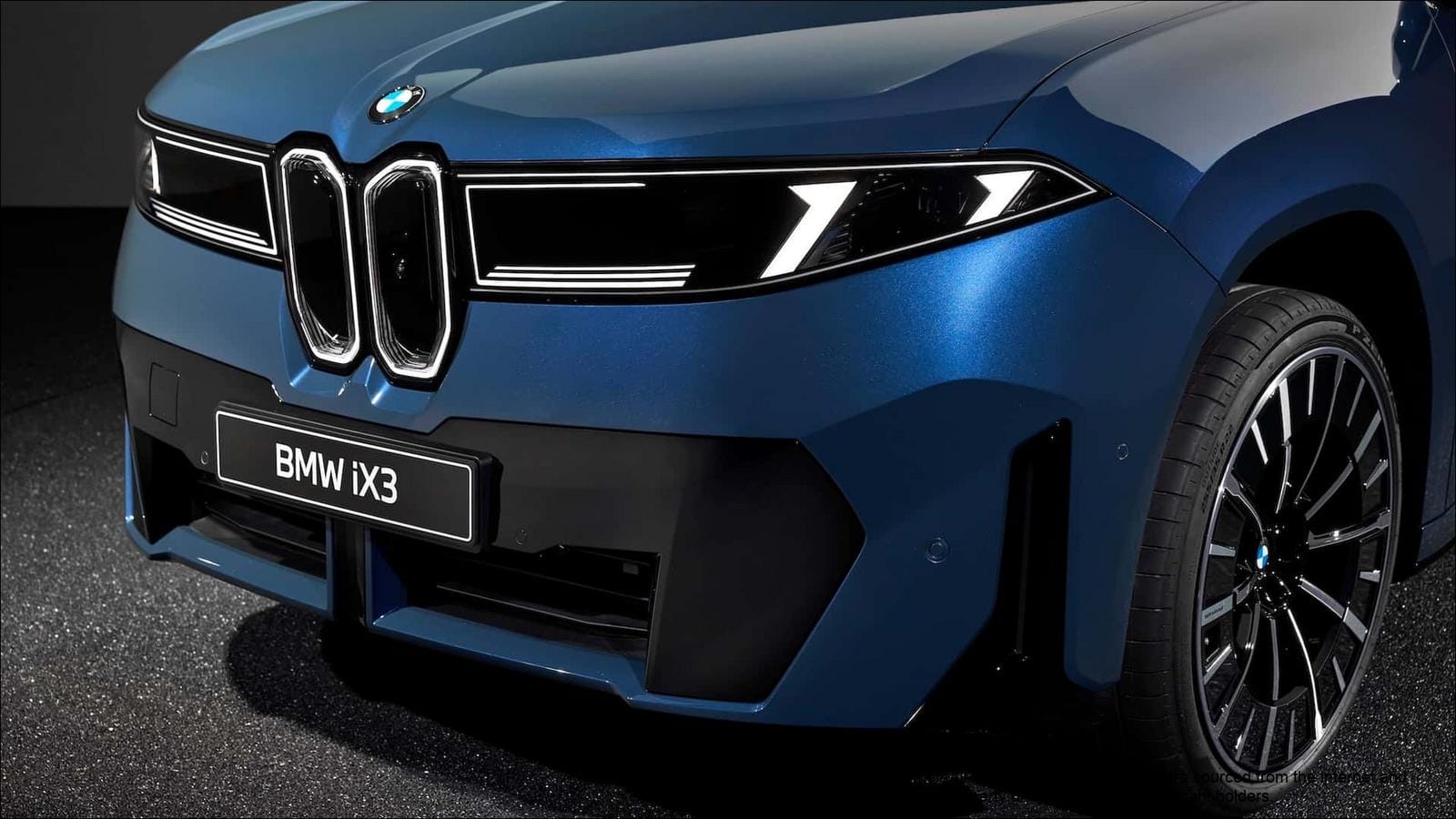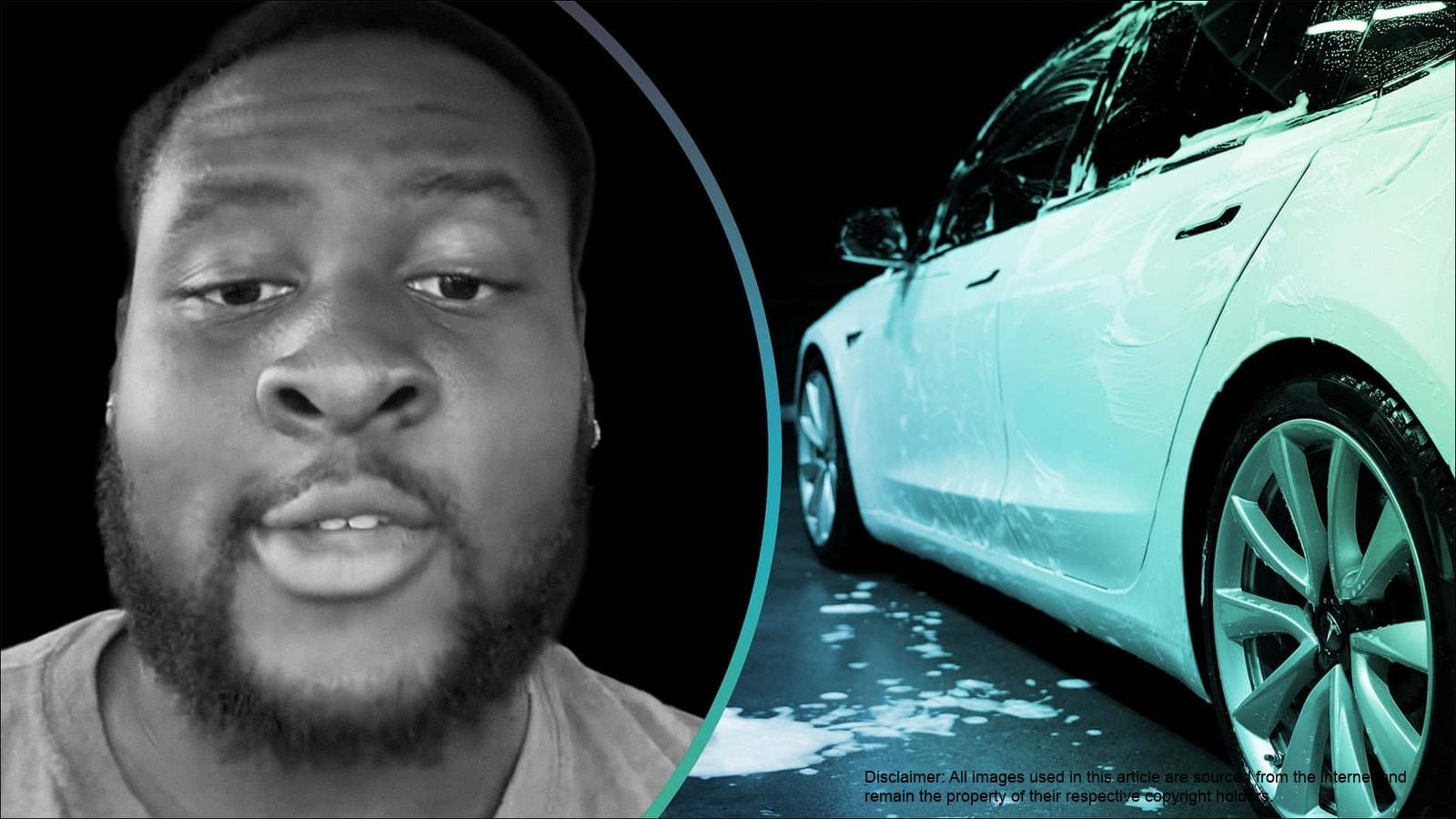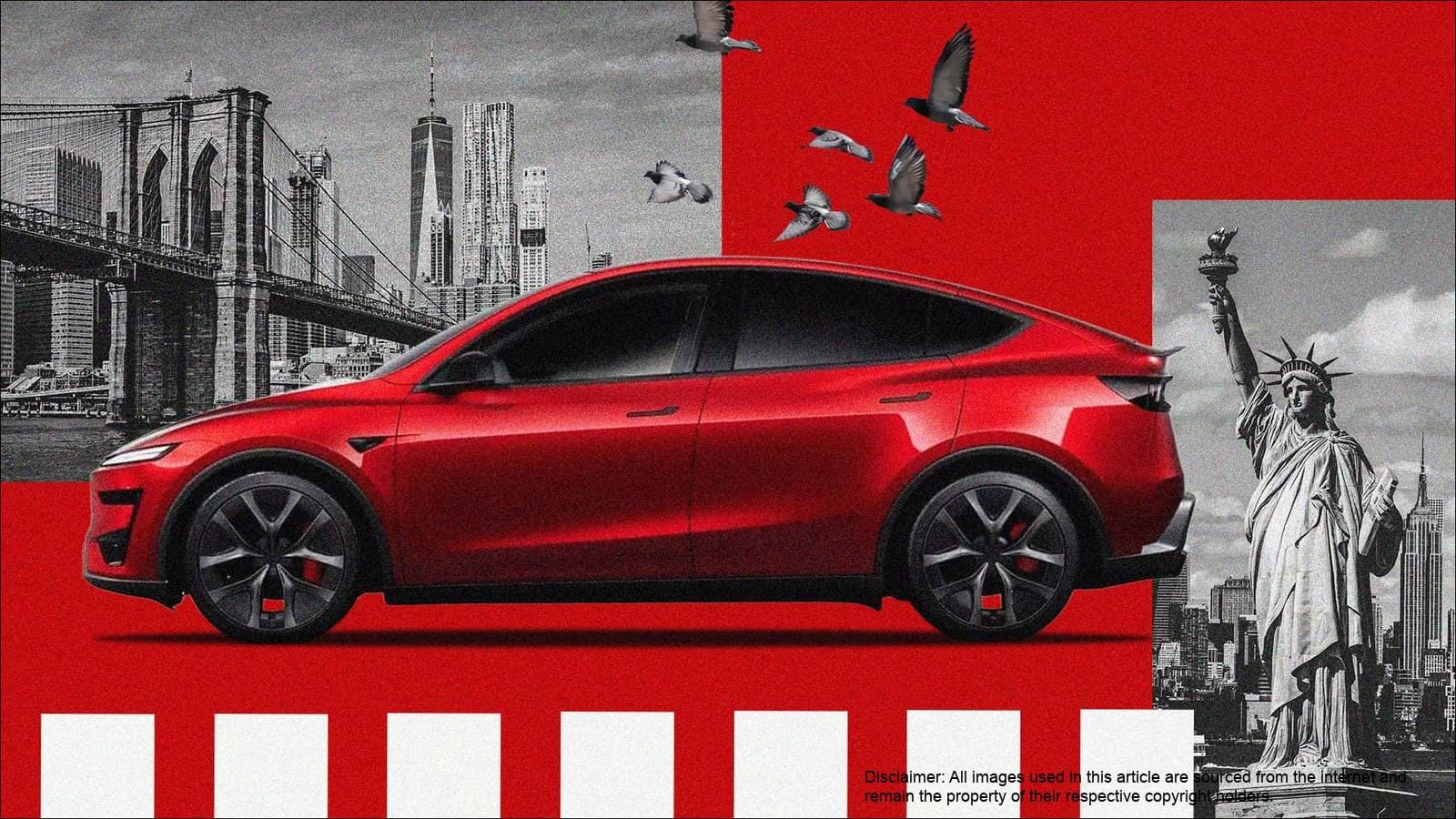Contents
Tesla Model S: A Luxury Legacy
The Tesla Model S has always been the brand’s flagship luxury sedan. While it doesn’t sell in the same volumes as the Model 3 or Model Y, it holds a special place in Tesla’s lineup as the original luxury EV. However, the luxury EV market has become increasingly competitive, with Tesla's market share reportedly declining by over 30% in recent years. Convincing buyers to choose the Model S over newer rivals has become a tougher challenge for Tesla.
Unlimited Lifetime Supercharging: A Game-Changer?
To boost sales, Tesla reintroduced one of its most enticing incentives: unlimited lifetime Supercharging. This perk provides free, unlimited access to Tesla’s extensive Supercharging network for as long as the original buyer owns the vehicle. However, Tesla raised the Model S price by $5,000—from $74,990 to $79,990—just before launching this offer. This raises an important question: is the deal worth the price hike?
Breaking Down the Math
To evaluate the value of unlimited Supercharging, let’s look at some calculations based on typical usage and costs.
| Factor | Details |
|---|
| Average Annual Mileage | 13,476 miles (per Federal Highway Administration) |
| Model S Efficiency | 3.6 miles/kWh (AWD) or 2.8 miles/kWh (Plaid) |
| Home Charging Proportion | Approximately 80% (per U.S. Department of Energy) |
| Supercharger Cost | Average $0.43/kWh |
Based on these figures, the average Model S owner drives 13,476 miles annually, consuming about 3,743 kWh of electricity. With 80% of charging done at home, only 749 kWh would be from Superchargers, costing around $322 annually. It would take 15.5 years of average driving to offset the $5,000 price hike with this Supercharging perk.
What About Non-Home Chargers?
For the 14% of EV owners without home charging access, the story changes. Charging exclusively at Superchargers (3,743 kWh per year) would save about $1,610 annually, covering the price hike in just over three years. Over 15.5 years, this amounts to $19,950 in savings, making the perk highly valuable for this group.
Key Considerations
While unlimited Supercharging is attractive, there are some caveats:
- Non-Transferable: The perk is tied to the original owner and vehicle, not transferable during resale.
- Idle and Congestion Fees: Free Supercharging doesn’t cover these costs.
- Usage Restrictions: Tesla reserves the right to revoke the perk for "excessive charging."
Ultimately, whether this deal makes sense depends on your driving habits, charging needs, and how long you plan to keep the Model S. For frequent Supercharger users, the math works out favorably; for others, the value is less clear.









